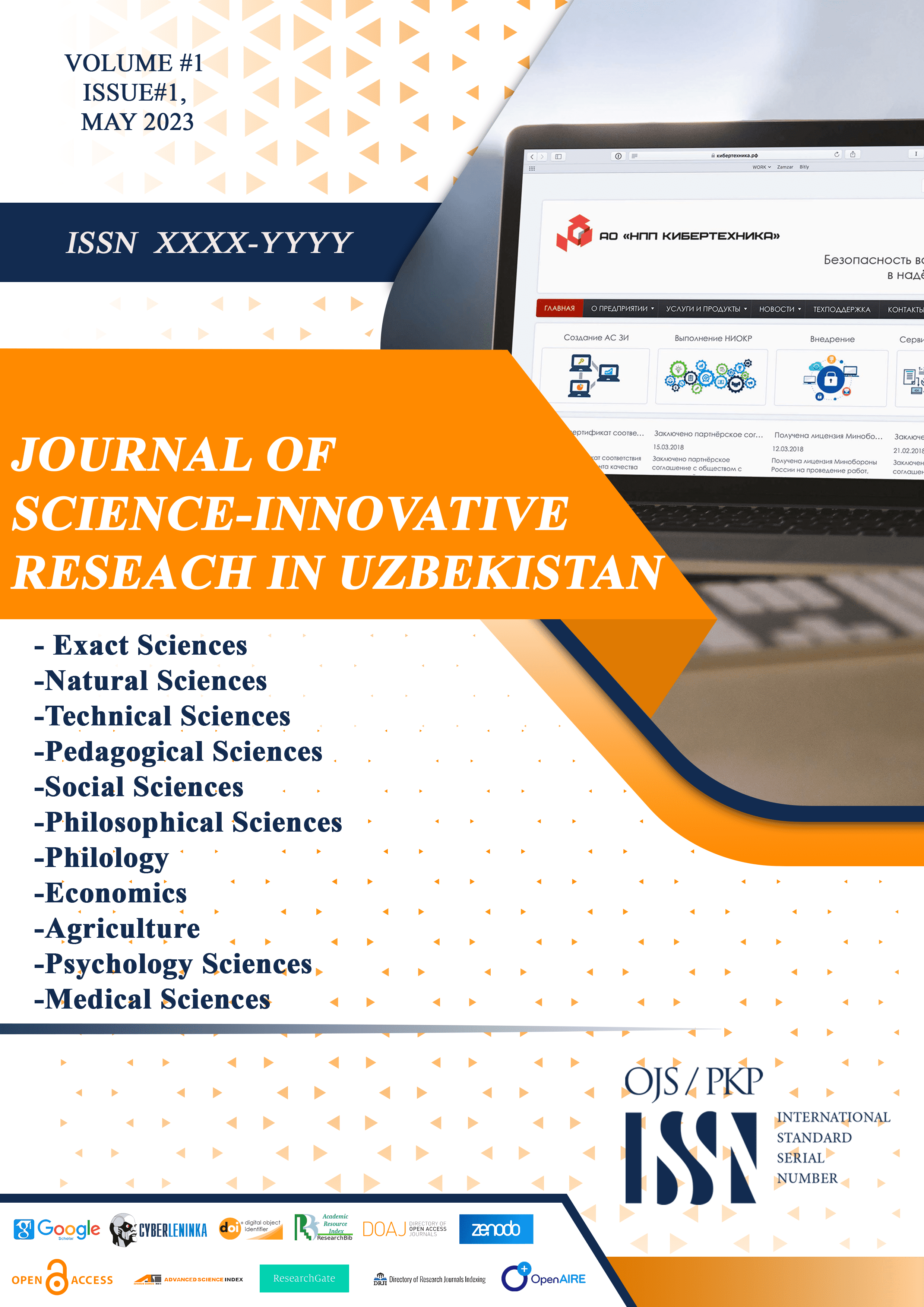Abstract
Translation is more than a mere transfer of words from one language to another; it is a delicate process of conveying meaning, context, and cultural nuances. At its core lies semantics, the branch of linguistics concerned with meaning. Understanding the semantic features of translation is crucial for producing translations that are accurate, culturally relevant, and contextually appropriate
References
1. Baker, Mona. In Other Words: A Coursebook on Translation. Routledge, 1992.
o A practical guide exploring semantic, pragmatic, and cultural challenges in translation.
2. Catford, J.C. A Linguistic Theory of Translation. Oxford University Press, 1965.
o Examines linguistic aspects of translation with a focus on equivalence and transfer.
3. Hatim, Basil, and Munday, Jeremy. Translation: An Advanced Resource Book. Routledge, 2004.
o Discusses semantic and cultural dimensions of translation through examples and theoretical insights.
4. House, Juliane. A Model for Translation Quality Assessment. Gunter Narr Verlag, 1977.
o Introduces a framework for assessing translation quality with attention to semantic and pragmatic equivalence.
5. Jakobson, Roman. “On Linguistic Aspects of Translation.” In On Translation, edited by Reuben A. Brower, Harvard University Press, 1959, pp. 232–239.
o Analyzes the challenges of equivalence and meaning in translation.
6. Munday, Jeremy. Introducing Translation Studies: Theories and Applications. 4th ed., Routledge, 2016.

This work is licensed under a Creative Commons Attribution 4.0 International License.

